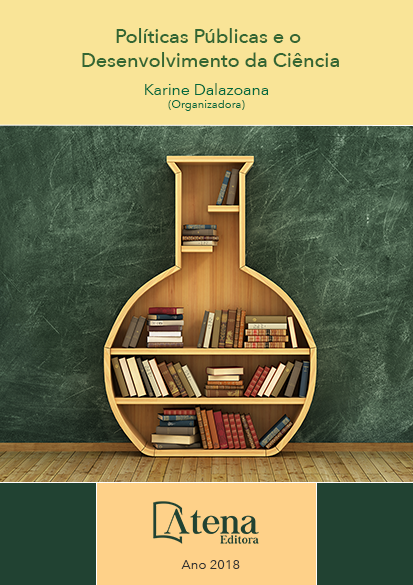
Valoração econômica da degradação do cerrado: o caso do pequi (Caryocar brasiliense Camb.)
O Cerrado ocupa o segundo lugar
em extensão entre os biomas brasileiros e
apresenta grande diversidade de ecossistemas,
incluindo as Fruteiras Nativas. Parte importante
desses ecossistemas são os frutos do pequi
(Caryocar sp. L.), tradicional para a culinária
sertaneja, especialmente dentro do estado
de Goiás. A comercialização do pequi vem
primariamente do extrativismo e representa
atividade importante na geração de renda
para essa parcela da população. O objetivo
do trabalho foi analisar a demanda de pequi
para o estado de Goiás no período de 1994
a 2013. A partir de um modelo de regressão
linear logarítmico, as elasticidades e taxas de
crescimento relacionadas à demanda de pequi
foram estimadas. Os valores de elasticidade
encontrados para o preço do pequi mostram
uma demanda inelástica a preço. Para os
produtos relacionados, o arroz e o frango
apresentaram caráter de bens complementar
e substituto respectivamente, ao consumo
de pequi. A renda apresentou elasticidade
negativa, conferindo ao pequi característica de
bem inferior. Apenas apresentou significância
a 5% o valor da elasticidade para a variável
renda. A demanda de pequi in natura no
estado é decrescente e o preço, crescente.
Reconhece-se a necessidade de outros estudos
sobre os determinantes da demanda de pequi
que incluam diferentes variáveis que melhor
expliquem o comportamento da demanda deste
bem.
Valoração econômica da degradação do cerrado: o caso do pequi (Caryocar brasiliense Camb.)
-
DOI: 10.22533/at.ed.95618051223
-
Palavras-chave: análise econômica, valoração econômica, bens relacionados, elasticidade.
-
Keywords: economic analysis, economic valuation, related goods, elasticity.
-
Abstract:
The Cerrado Biome, occupy
the second place in extension between the
Brazilian biomes, holding great diversity of
ecosystems, including the Native Fruit trees. An
important part of these ecosystems are the fruits
of the Pequi (Caryocar sp. L.), historic for the
traditional cuisine, especially in the Goiás State,
Brazil. The commercialization of Pequi comes
primarily from the extractivism and represents
an important activity generating income for that
population. The aim of this work was to analyze
the demand of Pequi for the Goiás State
from 1994 to 2013. From a logarithmic linear
regression model, the elasticities and growth
rates related to Pequi demand were estimated.
The elasticity values found for the Pequi price show an inelastic demand for price. For
the related products, rice and chicken presented complementary and substitute goods,
respectively, to the consumption of Pequi. The income showed negative elasticity,
conferring to Pequi the characteristic of inferior good. Only the value of the elasticity
for the income was significant at 5%. The demand of Pequi in natura in the state is
decreasing and the price, increasing. We recognize the need for further studies on
the determinants of the demand for Pequi that may include other variables that best
explain the demand behavior of this good.
-
Número de páginas: 15
- Amanda Ferreira Andrade


